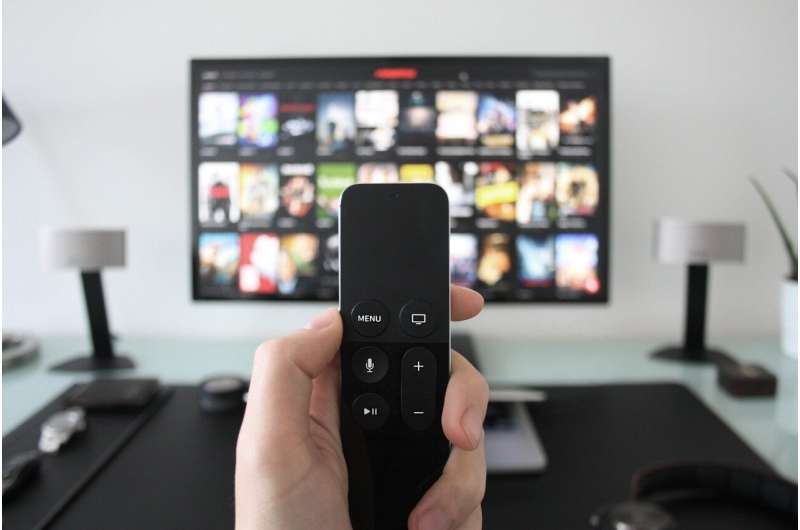Credit: CC0 Public Domain
Researchers from ESCP Business School and University of Cologne published a new paper in the Journal of Marketing that investigates the role of TV ad content in driving or mitigating viewers' zapping behavior.
The study is authored by Maren Becker, Thomas Scholdra, Manuel Berkmann, and Werner Reinartz.
Traditional advertising is making a comeback.
Recent studies show that marketers are increasingly turning from online advertising to traditional media such as TV, in part to exploit its high reach. In February 2022, marketers predicted that traditional advertising spending would increase by 2.9%.
However, effective TV advertising requires exposure, which is jeopardized when viewers deliberately avoid ads. For instance, when viewers resort to changing the channel (i.e., zapping) during ad breaks, advertisers lose the ability to communicate the brand message, leading to wasted investment. Zapping is also a problem for broadcasters because it diminishes the attractiveness of the channel for advertisers.
The research involves two related studies. The first study draws on a unique dataset from a German TV broadcaster to answer the following questions:
- Which content factors drive or mitigate viewers' zapping behavior?
- Do these effects depend on the type of category?
The dataset comprises information on the viewing behavior of more than 2,500 individuals and expert-coded ad content of 1,315 ads in the context of a major TV show—The Voice of Germany. The ad content data reflect six content factors: 1) informativeness, 2) brand presence (i.e., featuring the brand prominently), 3) brand timing (i.e., showing the brand early in the ad), 4) positive emotionality, 5) creativity, and 6) humor.
Becker says that their "results show that the content of ads does indeed influence consumers' zapping behavior. While a high level of creativity in the ads reduces zapping, highly informational content, strong brand presence, and early brand timing increase zapping. Thus, to discourage zapping behavior, managers should invest in creativity and refrain from too much information and branding cues. Furthermore, the brand should be placed more toward the end of the ad."
The researchers also conclude that the effects of advertising content on zapping vary significantly with category characteristics. As Scholdra explains, "we find, for example, that informativeness is more detrimental in terms of zapping for goods where consumers can only judge quality after consumption, or experiential goods like restaurants, than for goods where consumers can judge quality before consumption, or search goods like electronics." The effects of other content factors, are category dependent as well, thereby underscoring the need for managers to consider category characteristics when selecting advertising content.
In the second study, the authors investigate why these content factors influence zapping. They collected survey information on 11 psychological responses from 3,037 viewers for a subsample of 276 ads. These 11 psychological responses reflect two broad psychological response factors: enjoyment (determined, for example, by liking, showing interest, feeling touched, or being entertained) and irritation (determined, for example, by annoyance, exaggeration, skepticism, offense, or feeling overwhelmed). Combining the two studies' datasets, the authors examine how enjoyment and irritation explain the effect of content on zapping.
Results of the second study indicate that content drives zapping through irritation, but not through enjoyment. "For advertisers, it is more important to avoid psychological reactions reflecting irritation, such as annoyance or offense, than to elicit favorable reactions reflecting enjoyment, such as entertainment, or interest," says Berkmann. Informativeness, brand presence, and brand timing drive zapping by triggering irritation and creativity mitigates zapping by reducing it.
These findings support arguments in previous research that informational and branding cues often evoke skepticism and are perceived as annoying or exaggerated. "However," Reinartz says, "the negative effect of informational content on zapping can be weakened by using relevant and useful information. Managers should use copy testing to ensure that the information provided in the ad is perceived as useful rather than overwhelming or exaggerated."
More information: Maren Becker et al, EXPRESS: The Effect of Content on Zapping in TV Advertising, Journal of Marketing (2022). DOI: 10.1177/00222429221105818
Journal information: Journal of Marketing
Provided by American Marketing Association
























